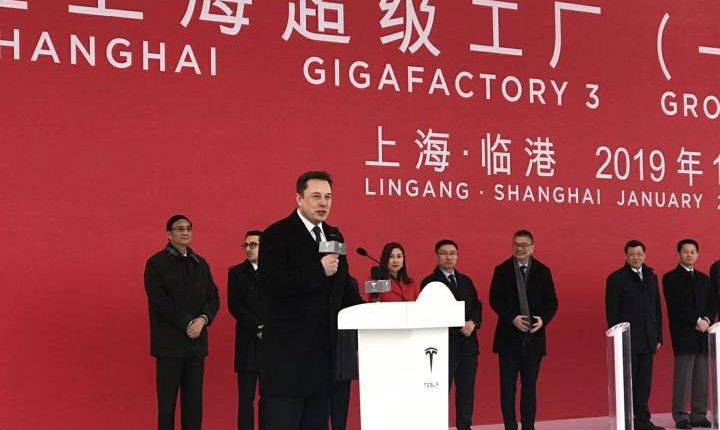Tesla has issued another recall affecting 1.6 million vehicles in China to address concerns related to its Autopilot driver-assistance system, with the aim of reducing collision risks, according to a report by CNN. The recall covers a wide range of Tesla models, including imported Model S, Model X, and Model 3 sedans, as well as Chinese-manufactured Model 3 sedans and Model Y SUVs, and is aimed at rectifying issues that can be resolved through over-the-air software updates to act as remedial measures.
The main worry outlined by China’s State Administration for Market Regulation, is the potential for drivers to ‘misuse’ Autopilot functions, thereby increasing the likelihood of collisions. Tesla proposes to release a corrective software update, incorporating extra controls and alerts, to strengthen driver accountability, as per what the market regulator had suggested.
In a parallel move, a separate recall affecting 7,538 imported Model S sedans and Model X SUVs has been initiated. This recall is linked to the risk of doors unlatching and opening during a crash. The affected vehicles were manufactured between October 26, 2022, and November 16, 2023.
Tesla had initiated a similar recall in the US a while back. The Elon Musk-owned car company issued a recall for nearly 2 million units that are active on US roads equipped with Autopilot features. This recall followed a regulatory probe into approximately 1,000 crashes. The recall in December came into action Following an extensive defect investigation by the National Highway Traffic Safety Administration (NHTSA). The regulatory agency officially launched an inquiry into Tesla’s Autopilot system prompted by instances of collisions involving Tesla vehicles and stationary emergency vehicles.
In the recall report for the vehicles in the US, Tesla mentioned that the following would be implemented to control the damage:
- Increased prominence of visual alerts
- Making engagement and disengagement of Autosteer (an Autopilot feature) easier for users
- Suspension on the use of Autosteer if identified that drivers are repeatedly missing the feature
The remedial measures would be deployed through its over-the-air software, introducing enhanced controls and alerts by or shortly after December 12, according to a previous report by The Tech Portal.
The limitations imposed on Autopilot’s capabilities challenge Tesla’s marketing strategy, especially for buyers who are attracted to the idea of their vehicles handling the driving tasks. On top of that, the NHTSA will maintain ongoing scrutiny even after the completion of rectification installations by Tesla, as they actively monitor the efficacy of the corrective measures implemented.
While this marks a gloomy side for Musk’s company, the carmaker has also something to celebrate. Tesla surprised everyone by exceeding expectations by registering a record number of electric vehicles in the fourth quarter, achieving its 2023 target of 1.8 million units sold.
The Tech Portal is published by Blue Box Media Private Limited. Our investors have no influence over our reporting. Read our full Ownership and Funding Disclosure →






